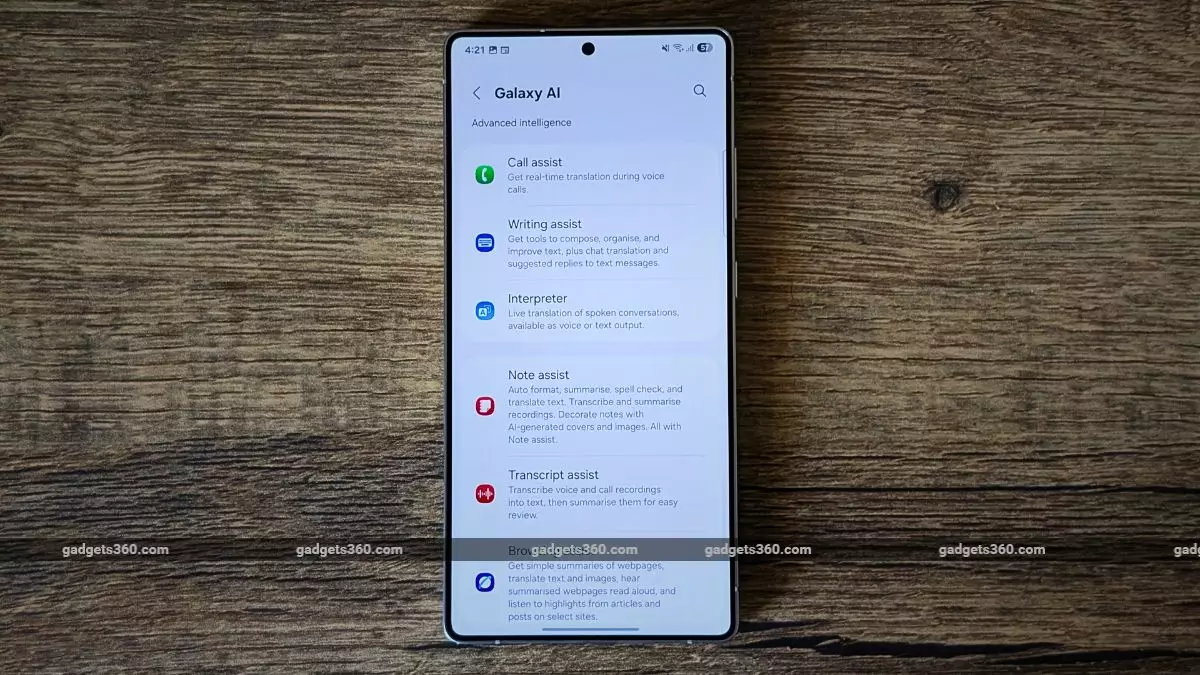Samsung’s relentless push to embed multiple AI services into its upcoming Galaxy S26 series signals a desire to dominate the next frontier of mobile innovation. However, this strategy may inadvertently undermine the core user experience by turning smartphones into battlegrounds for competing AI ecosystems. Instead of creating a seamless, coherent environment, Samsung risks cluttering its devices with disparate AI assistants from Google, OpenAI, Perplexity, and potentially others. This fragmentation could confuse users, dilute brand loyalty, and create a digital landscape that feels more like a chaos of options than a curated experience. It raises the fundamental question: is more AI truly better, or is it a misguided pursuit of technological prowess at the expense of intuitive usability?
The Illusion of Choice and Its Consequences
While Samsung’s openness to integrate multiple AI agents might seem like a progressive stance, it subtly masks a deeper problem: the illusion of choice. Consumers are often overwhelmed when faced with too many options, especially in technology where ease of use is paramount. By prioritizing integrations with multiple AI services, Samsung could unintentionally complicate the user interface, making everyday interactions more confusing rather than empowering users. Furthermore, the lack of clear hierarchy among these AI assistants might foster competition rather than collaboration, leading to inconsistent performance and user frustration. Paradoxically, more options can mean less clarity, risking a decline in customer satisfaction rather than elevating it.
The Bigger Picture: Market Competition and Strategic Risks
Samsung’s flirtation with multiple AI providers is also a strategic gamble amid fierce competition. Rivals like Motorola and Apple are already making moves by partnering with tech giants such as Microsoft, Google, and Perplexity. Samsung’s potential switch from Google’s Gemini to other AI services might seem to refresh its lineup, but it exposes the company to risks of dependency and integration complications. Moreover, Samsung’s future reliance on different chipsets, whether the expected Snapdragon 8 Elite 2 or its own Exynos 2600, indicates a fragmented hardware roadmap that could mirror the software chaos. In an era where cohesive ecosystems are the key to customer lock-in, Samsung’s fragmented AI strategy might backfire, diminishing its power to shape consumer loyalty. Instead of positioning itself as a leader in artificial intelligence, Samsung appears to be chasing after multiple, uncoordinated options that may ultimately diminish its brand authority and the simplicity that users crave.
This aggressive pursuit of AI-enhanced features, while seemingly innovative, often overlooks the fundamental principle that technology should serve human needs—clarity, ease, and trust. Samsung’s current trajectory, filled with bold yet potentially misguided alliances, risks transforming the modern smartphone from a trusted personal assistant into a confusing maze of competing digital agents. Such an approach could work against the very consumers Samsung aims to attract—those who value simplicity on the surface but expect trustworthy, harmonized tools underneath. In the end, this relentless AI pursuit might just highlight the company’s failure to recognize that innovation without coherence is no innovation at all.


Leave a Reply